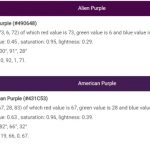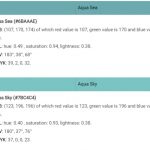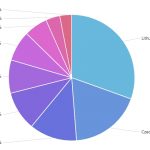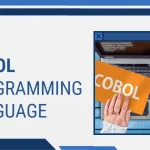All computers, no matter how simple or sophisticated they may be use some sort of basic operating system. This is what enables them to organize files and execute commands that make your computer function properly with an OS running in the background! This blog post will help you understand the basics of mainframe operating systems and how they work.
What is a Mainframe Operating System?
A mainframe operating system (MOS) is an operating system for large computer systems. It must be powerful enough to handle the ever-growing demands of the data center, and it should also provide features that will allow for easier management of those resources.
For these reasons, MOSs are designed with scalability as one of their primary goals. This means that they can grow in size and capability over time without requiring any major changes or alterations to existing code.
The most important element of this type of OS is its ability to multitask: not only does it need to execute multiple processes at once, but it should also be able to switch between tasks quickly and efficiently.
A good MOS should manage resources such as CPU and memory with a fine level of granularity.
The mainframe operating system is the base on which an entire data center runs – it manages all of the transactions that take place within that facility, and it ensures their accuracy and security.
Since this OS ‘runs’ everything, it needs to be able to handle multiple applications and users while still performing its primary functions correctly. Because of these requirements, MOSs are built upon some very powerful hardware: they run on extremely fast CPUs with large amounts of RAM available for storage.
They also use specialized peripheral components such as solid state or magnetic disks in order to ensure maximum speed and uptime.
Mainframes used to be standalone systems that were specific to just one task or application. However, these days MOSs are designed to be multi-functional and multipurpose systems that can meet the needs of multiple users simultaneously.
Not only this, MOSs are also expected to run on hardware that is smaller than the mainframe itself. Some ‘mini’ mainframes have enough power to drive an entire data center on their own, but they can still fit into a single rack or cabinet space.
On the other hand, there is a trend for companies to use virtualized resources as their primary computing resources: this allows several applications and users to share a single mainframe operating system even if those programs aren’t able to function directly on top of it themselves.
A good example of a modern mainframe OS is IBM’s z/OS, which is a 64-bit system that can operate on a variety of hardware from the IBM Z mainframe family. It provides support for real-time transactions and encryption, and it can run up to 128 virtual machines at once.
In fact, the whole purpose behind this OS was to create a common platform upon which all other elements in an enterprise data center could function.
Mainframes are very powerful computers that allow companies to keep their data secure and easily accessible while providing high levels of service. They’re also incredibly scalable systems that can grow with the addition of new resources or the changing needs of their users. This makes them ideal platforms for running an entire data center – or even several at once!




